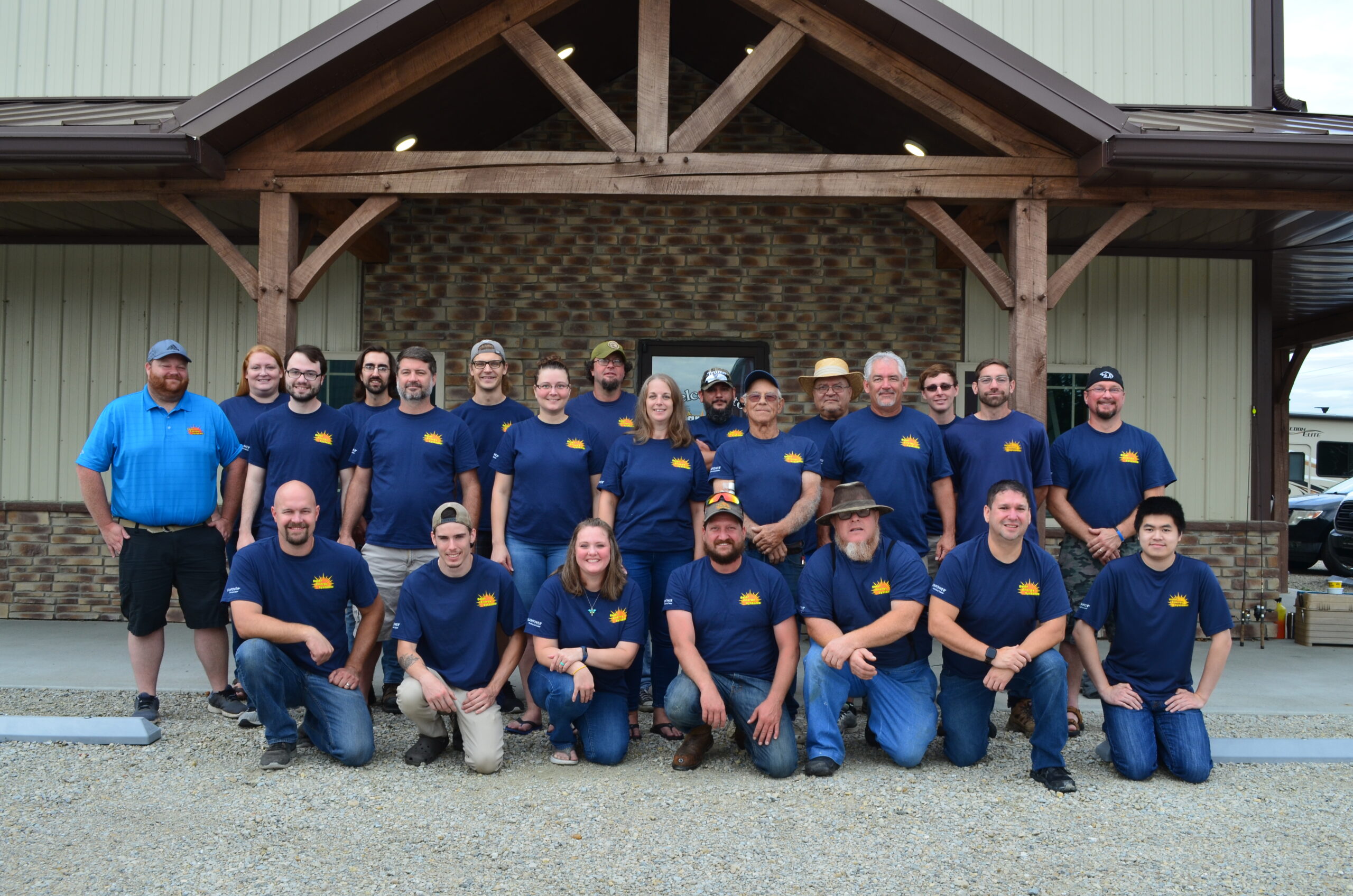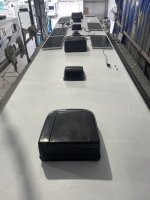I second the installer comment - I am SURE you can find one in your area. There is at least one in every state AFAIK. The trick is you can't just Google "solar installer". Your post didn't say what state you live in but let's say Alabama, for the random sake of the argument. Just by way of example, GoPower has a Dealer Locator and turns up this:
Go Power ROCKET RV - Go Power! Solar Dealer in Tanner, Alabama, 35671. Selling solar and inverter solutions for RV.

gopowersolar.com
You usually have to search a bit differently but I promise you, they're out there. It's a big business.
That being said, there's no reason you can't do this yourself - I've done 3 of my own and they all turned out fine. But you have to know what you're getting into. I'm not sure what you mean by a "solar ready" roof and I don't know the 255RL specifically. But if this listing
https://heartlandrvs.com/rv-model/trail-runner-255rl/ is accurate for your rig it's listed as a "full walkable roof" - that's the usual term you want to see. They also say "Roof rafters wood tapered 4-1/2” trusses" which is good - that's strong.
Temper your expectations - it's not going to be house-strong. Walkable means it holds a human's weight plus some safety margin. A solar panel is usually 20-30lbs (they vary a lot). But if you put 8 of them up there and then multiply by the G forces from hitting a pothole while you're driving, that weight can create stress cracks and leaks if you do a lot of rough driving. You'll want to think about how you're going to mount them. I chose to use the typical "Z bracket" option but was careful to hit studs and used plenty of sealant under and around those brackets and screws. Some choose to install mounting rails, which is more work and cost, but gives you a lot more flexibility in making sure you hit those studs.
For wiring, "cable entry gland" is the standard method. You run the cables across your roof to where you want them to go down, drill a hole, and attach the gland right over it. I don't know where your batteries and electrical are - on smaller trailers like this one, there's usually a breaker panel somewhere inside, usually at the bottom of a closet stack, and the battery is usually out in a box on the tongue/Y-beams. There's often room to install a charge controller somewhere near that breaker panel so you'd have your solar wiring come down there, usually through that closet. I've found it's easy to keep the wires hidden if you run them down the FRONT - almost all RV cabinets are made in the face-frame style with a 1-3" frame around each door. If you run the wires along that face frame you can't see them unless you stick your head inside the cabinet.
Be aware that charge controllers (and inverters if you go further with this) can produce a lot of heat. You'll want to either put it somewhere that's already ventilated, or add ventilation of some kind.
Also, if you install lithium batteries, a common problem most have is your existing battery charger (the one that charges your batteries when you're on campground AC or a generator) will almost certainly not charge them fully. Some folks install a separate battery charger, or replace their breaker panel (in smaller campers, the charge controller is usually part of the same breaker-panel unit). This is a nice-to-have but here in Colorado and with 1200W of solar on the roof, my solar input has been just enough so far that I haven't bothered. Note that you can also have this problem with your tow vehicle. It won't charge your lithiums fully, either. And they make units to solve that problem, too.
The van-life and off-grid communities have a ton of knowledge on Youtube, Reddit, and other places that can answer more questions. I highly recommend a Youtuber named Will Prowse. Lately he's been focusing on a lot of house stuff but if you go through his videos from 2022-23, he covers a lot of products and setups that may help.




